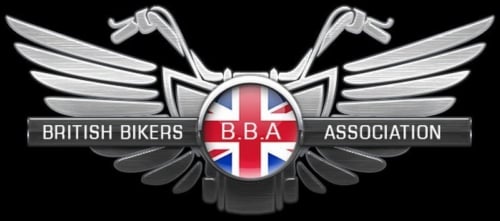Motor sport legend John Surtees OBE to support Edenbridge Fun Day - 27th May
Posted on
The exciting sights sound and smell of Grand Prix Racing to roar into life at Edenbridge, Kent Motor sport legend, John Surtees OBE, the only person to have won world championships on both two and four wheels, will be supporting the Edenbridge Fun Day on Monday 27th May 2013.
The event in Surtees' home town will celebrate his achievements on two and four wheels as well as the success of Team Surtees which gained worldwide success winning American and British championships with its Formula 5000 cars and the European Formula 2 Championship in 1972 (runner-up in 1973). There were also race wins in non-championship Formula 1 races and podium and points winning positions in Grand Prix races.
The special event will feature static displays and a parade of rarely seen race cars and bikes as well as veteran and classic vehicles along Edenbridge High Street. The Edenbridge Fun Day will raise awareness and funds for the Henry Surtees Foundation which was established by John Surtees following the tragic death of his son Henry while competing in Formula 2 race in 2009 aged just 18. The Henry Surtees Foundation aims to give young people from the community at large opportunities to experience the emotion, disciplines and learning that the world of motor sport offers.
The Team Surtees and John Surtees related vehicles taking part in the Edenbridge Fun Day and parade will include:
· A TS7 Formula 1 car which John Surtees raced at the British Grand Prix in Brands Hatch in 1970. John Surtees will drive it.
· The TS14 Formula 1 car which Mike Hailwood drove to second place in the 1972 Italian Grand Prix. It will be driven by McLaren Formula 1 team reserve driver Oliver Turvey.
· The TS15 2-litre Formula 2 car which won the prestigious Interlagos race in Brazil in 1973. Past Formula 3 British Champion and A1 Grand Prix runner-up Robbie Kerr will drive it.
· A 1960 MV Agusta four-cylinder GP motorcycle – John Surtees won seven motorcycle championships riding for MV Augusta.
· A 1954 BMW Rennsport twin-cylinder motorcycle – John Surtees raced for the factory team at the Nurburgring in 1955. Engineers associated with John Surtees’ career on two wheels will ride the motorcycles.
The vehicles will be displayed throughout the day outside the Bradford shop, Station Road, where they were built and designed by predominantly local residents.
Road cars and motorcycles in the parade range from two TVR sports cars to several Lambretta and Vespa scooters. There will be a 1968 Jaguar S Type Police car is in its original black livery and is complete with radio, bell, klaxons and two 'uniformed officers' (mannequins) in the back! The 1932 Alvis Firefly is one of the first that was built and was displayed on the company's stand at the Motor Show of that year – where it was sold for £495 (more than four times the price of a new Austin 7). A 1995 Reliant Scimitar Sabre Mk2 is one of just 30 still in use – only about 60 of them were made. Even rarer is the 1938 Scott Prototype Clubman Special, of which only four were built.
Spring Holiday Monday 27 May 2013
For more information about the Brooklands karting event and the Henry Surtees Foundation please visit: www.henrysurteesfoundation.com




 The aptly named
The aptly named